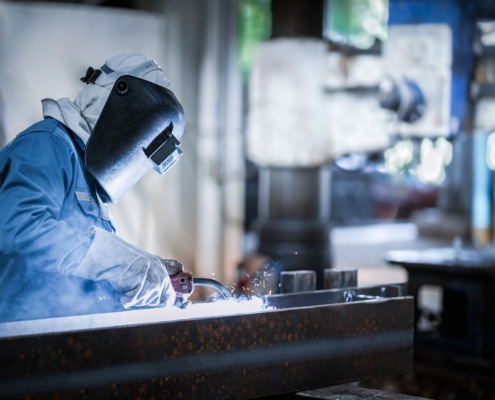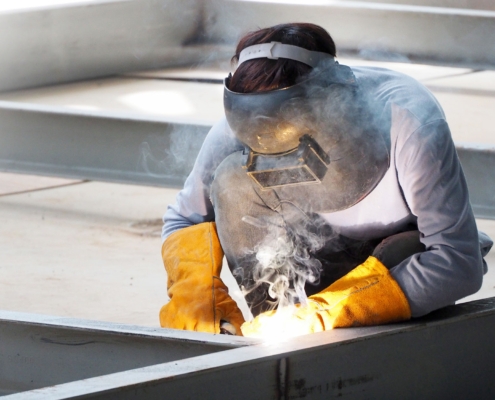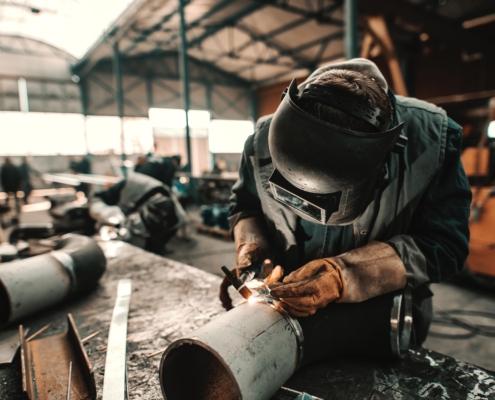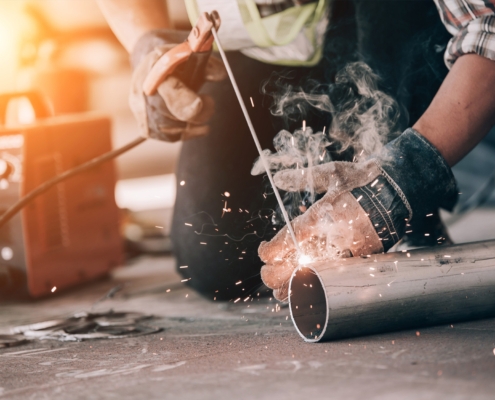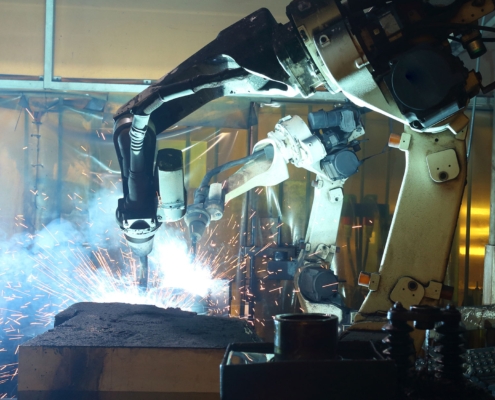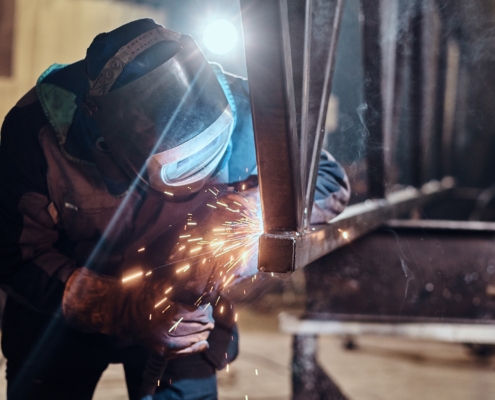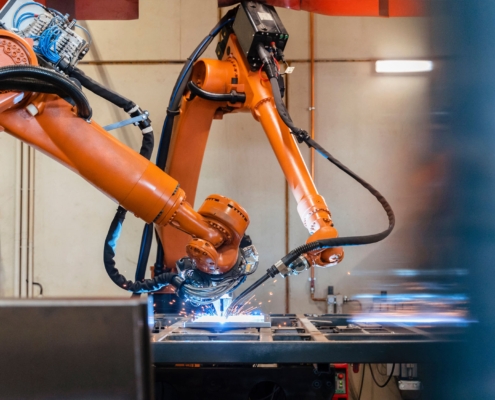Similar to the auto industry, aerospace manufacturing heavily relies on laser welding techniques. The strength and precision of the process are especially relevant in this industry, which requires robust and reliable components.
One significant application is in the construction of jet engines. These components are made from various metals and undergo extreme conditions, requiring strong, accurate welds. The controlled heat conduction and fine spot size achieved with a laser welder enable precise, deep penetration welds that cope with the stresses encountered in flight.
Additionally, the aerospace sector employs laser beam welding for creating fuselage structures, offering stronger welds that can withstand the significant load forces experienced during flight.


